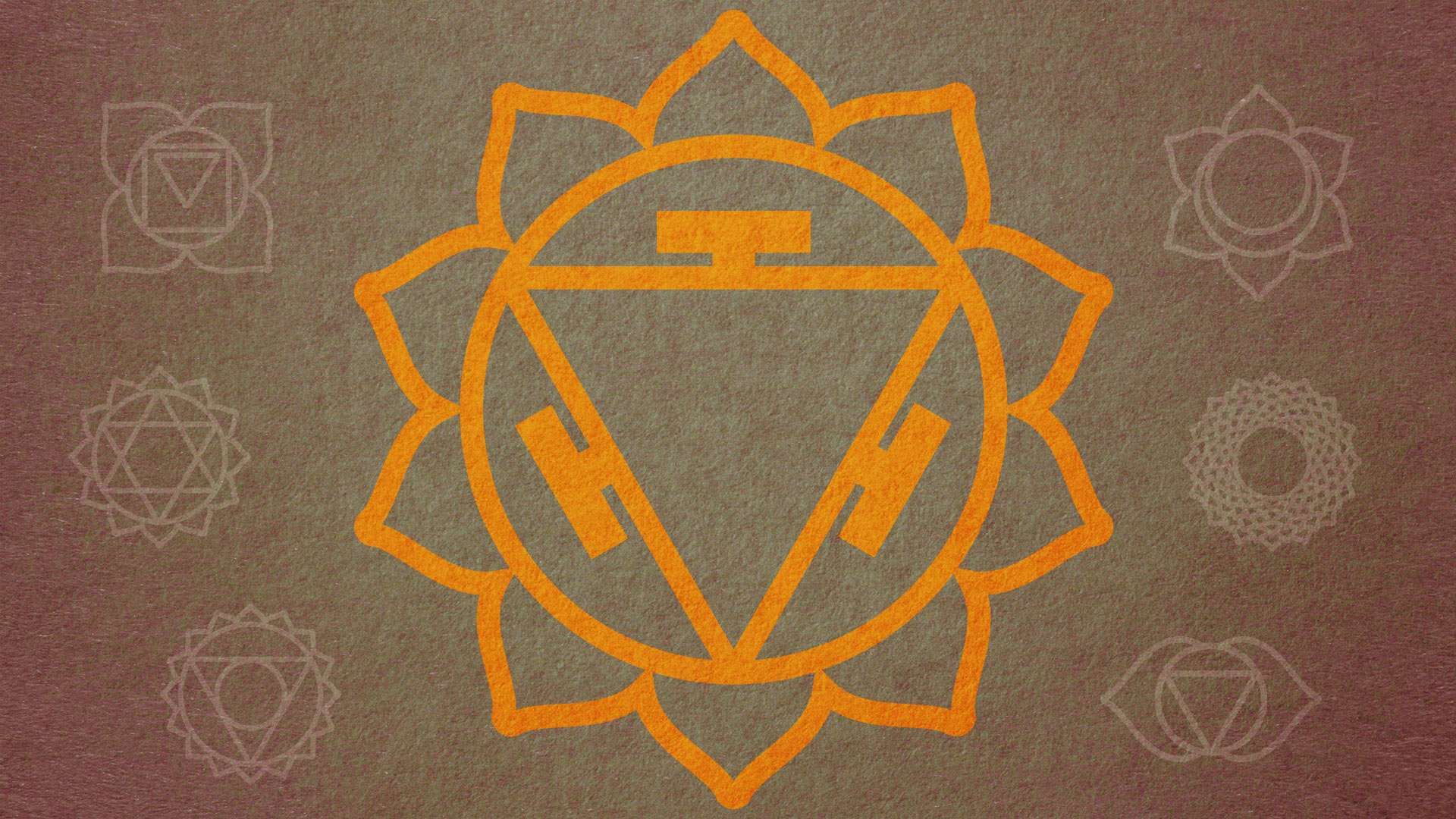Manipura – The Maintenance Center
Sadhguru throws light on the manipura (or manipuraka), which is essential for the maintenance functions of the body.

7 Chakras: Mystical Dimensions of the Body’s Seven Chakras
Sadhguru throws light on the manipura (or manipuraka), which is essential for the maintenance functions of the body. He speaks about the possibility of moving the manipura and the significance of this movement in martial arts traditions, as well as manipura sadhana which involves spreading sound throughout the system.
Subscribe
Moving Manipura
This is the only place where all the seventy-two thousand nadis meet and redistribute themselves. Because of that, one can move one’s manipura in many different ways. Every chakra can be moved, but particularly the manipura has more mobility.
For those who are into martial arts, being able to move the manipura is important. In order to move the manipura, your martial art has to go from movement to stillness. All these violent and difficult movements of martial arts are just to come to a place where you can be without any movement. When there is stillness in the system, then your ability to move the manipura will be enormously enhanced. In some Far Eastern movies, you may have seen scenes where an old man was sitting there, just did hoo, and everyone fell down. The ability to move the manipura gives you a different kind of power.
One thing that is done in Far Eastern martial art styles is to continuously knock the manipura in different ways. Every day, practitioners take hundreds of punches in the stomach to strengthen it in such a way that it is very stable. When it is sufficiently stable, you can move it where you want. Moving your manipura, or maintenance center, away from the navel greatly enhances the body’s ability to take a beating and injury, and to last through all that. It also gives a phenomenal capability to move your energy. There are many incredible stories about the manipura being manipulated by martial art experts in powerful ways.
When you move the manipura from its natural location, it is very important to keep your body still – otherwise, you will not last long. You will not cross thirty-five, thirty-six years of age. If any movement happens at that time, then the entire maintenance center will go into disarray. Once the maintenance center goes into disarray, you will simply die in a strange way, for no apparent reason. No one can diagnose what has happened with you.
Spreading Sound
Martial arts people are mostly looking for physical prowess. But people on the spiritual path who are on manipura sadhana bring sound to the manipura. If you bring any sound to the manipura, it spreads right across the body. Let us say you want the sound “Shiva” or “Shambho” to become a part of your system – then you do manipura sadhana with the sound so that it spreads to every part of the body, and your very body reverberates with this sound.
This happened with Palani Swami. He never told anyone his name. People referred to him as Palani Swami because they saw him in many fantastic states around the Palani Hills. Without doing anything, just sitting in one place, he drew such crowds that the temple priests became resentful. It irked them that people went to this man who did nothing and begged for his food rather than to them, though they did their rituals and duties at the temple from morning to evening. They wanted to find something against him.
One day, they accused Palani Swami of uttering “Shambho” while he was relieving himself in the morning, which was considered not right. When you take a shit, you should not say “Shiva,” to put it simply. He was brought before the village panchayat and accused of desecrating god’s name. He sat in front of this ignorant bunch of judges with his eyes and mouth closed. A loud reverberation of the sound “Shambho” rang out. That was the end of their prosecution efforts. With this incident, he got too much attention, which he did not want, so he left that place.
If you move a sound to your manipura, it will spread right across the system, and the very body will reverberate with that sound. If you utter it with your mouth, it is called japa. If you utter it with your heart, it is called tapa. If you bring it to your manipura, it is called ajapa. That means without doing japa, without opening your mouth, without using your vocal cords and air passages, your body reverberates with the sound.
These three chakras – muladhara, swadhishthana, and manipura – constitute the physical dimension of the body in many ways. The other four chakras are of a different nature. Whether one wants to live well physically, mentally, emotionally, or energetically, or one wants to enhance one’s capabilities, muladhara, swadhishthana, and manipura are most essential. Entire schools of yoga developed in permutations and combinations of these three.
Editor’s Note: Download the ebook “Inner Management”, where Sadhguru reveals effective tools to enhance capabilities, change your life, and open up a new dimension that frees us from external influences. Set “0” in the price field to download for free. Download Inner Management
A version of this article was originally published in Forest Flower, September 2017.


